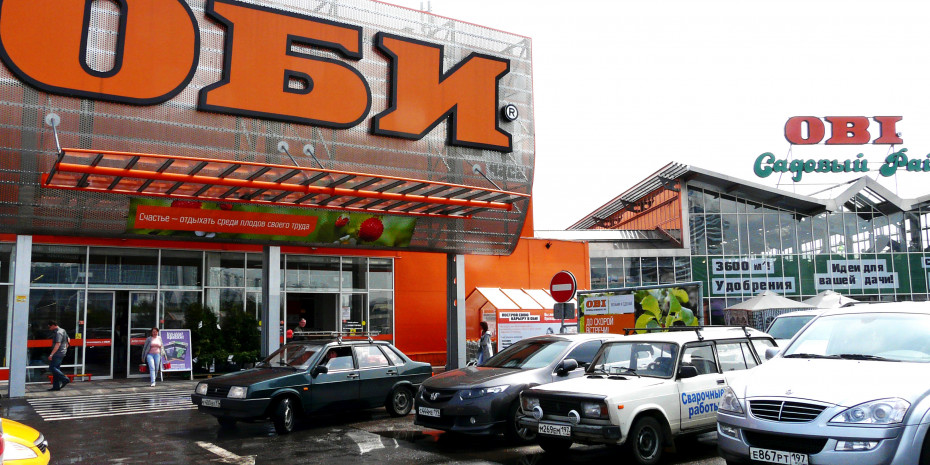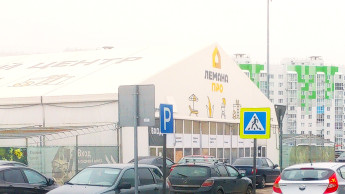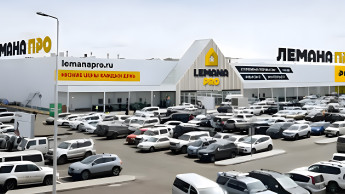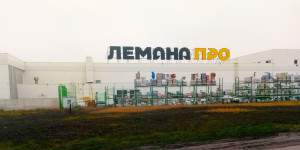The Forum focused on the topic of "Problems and Prospects for Developing the Market for Building and Renovation Materials and the DIY Trade". There was much for the 400-plus delegates to talk about: the development of the DIY market in the last few years, strategies for the next two to three years, the decline in demand and the growth of the chains in the regions outside the Moscow and St. Petersburg conurbations.
Discussion topics abounded on the supplier side too: the demands made on the manufacturers under the new conditions, the replacement of imported products, measures to increase customer loyalty and cost optimisation.
At any rate, the delegates were united on one point. Concern is rife in the sector because, after years of double-digit growth, 2015 saw a considerable fall in business.
Data from the market research company Infoline revealed that the volume of the retail trade in building and renovation materials and products for the house and garden declined by five per cent in 2015 compared with the previous year to RUB 1.46 trillion. Such a large drop was last seen in 2009. A downturn in the hard DIY segment (building materials, plumbing and similar items) of 16.7 per cent was the main contributory factor to this decline; the soft DIY segment (refurbishment, decoration), on the other hand, remained virtually stable with a drop of 0.3 per cent.
The trend in retail areas reflects this situation, with just 40 DIY store operators succeeding in expanding their retail areas in 2015, while 80 had to downsize. Nonetheless, the number of big box stores (termed "hypermarkets" in Russia) rose in 2015 to 383 outlets with a combined retail area of 2.7 mio m², as compared with 368 stores with 2.6 mio m² at the end of 2014.
What were the reasons for the collapse in sales? The drastic currency decline of around 50 to 60 per cent in 2015 had a catastrophic impact on the sector. This was coupled with a significant fall in the real income of the population, resulting in a change in purchasing behaviour. Only necessary items are being purchased, no-name products are ending up increasingly in the shopping trolley, the average receipt is falling and the share of food costs is rising.

 Menü
Menü
















 Newsletter
Newsletter